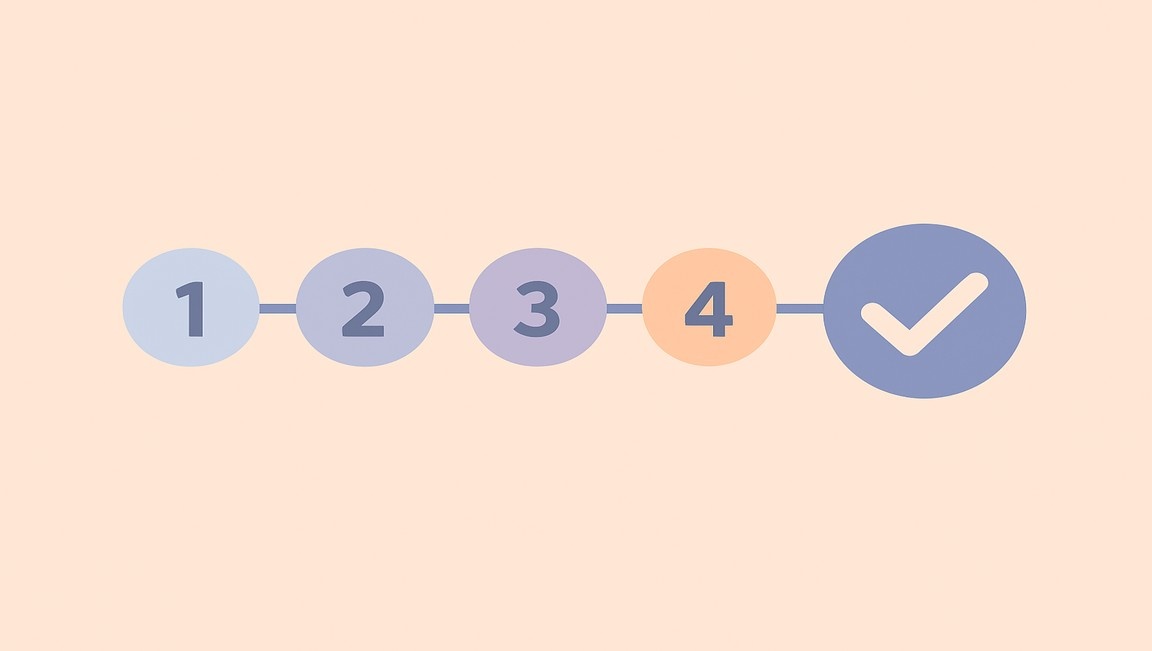Table of content
SHARE THIS ARTICLE
Is this blog hitting the mark?
Contact Us
Table of Contents
- What is Test Case Design?
Software testing methods are implemented to build better test cases. We know, it is not possible to perform exhaustive testing always. However, the approach of manual testing reduces the number of test cases.
Further, the technique also helps determine the test conditions that are possible to recognize in the general scenario. Hence, one should definitely know test case design techniques to maintain the quality of a business application.
Our software testing blog will help you to get a precise understanding of test case design techniques. Let’s move towards the most significant software testing techniques. If any of these techniques create doubt, feel free to contact us.
What is Test Case Design?
Basically, a Test Case Design monitors how well testers are building the test cases. We all will agree that the ultimate aim of testing is achieving quality following the smartest approach.
If the design of the test cases is not up to the mark, testing can never be accurate because lots of bugs will be missed.
Example of a Test Case Design
One can precisely understand the concept with an example. Suppose you have to create a test case design for “User-Registration”. Here we are mentioning the test case design considering the one scenario only.
You can follow the same pattern following other scenarios.
Title: User Registration
Description: The user should be registered successfully after entering all the required fields in the defined format.
Precondition: The username, email id & mobile number should not be previously registered.
Test Data: Users will use either desktop or mobile device
Test Steps
- Hit the URL or open the application
- Fill in all the required details in the set format
- Click on Submit
- Successful
Expected Output: Your Registration is Successful
Various Types of Test Case Design Techniques
Following security testing during SDLC saves costs by highlighting the bugs at the very early stage. Developer fixes all the bugs instantly as a result, time and cost both save. If you ignore security testing, the privacy of the users is compromised. It will lead the system to bigger losses.
The techniques are basically divided into three categories:
Specification-Based techniques
- Boundary Value Analysis (BVA)
- Equivalence Partitioning (EP)
- Decision Table Testing
- State Transition Diagrams
- Use Case Testing
Structure-Based techniques
- Statement Testing & Coverage
- Decision Testing Coverage
- Condition Testing
- Multiple Condition Testing
- All Path Testing
Experience-Based techniques
- Error Guessing
- Exploratory Testing
Specification-Based techniques
1. Boundary Value Analysis (BVA)
The method revolves around the concept of testing at the boundaries mid of partitions. Further, BVA covers various values such as minimum, maximum, inside & outside of the boundaries. It also includes error values along with typical values.
In most of the cases, rather than the center, lots of errors are found at the boundaries. This is called Boundary Value Analysis (BVA) and it helps determine the test cases that focus on the bounding values.
Do you know why is BVA important? This software testing technique ensures the performance of the software. It follows the law; if a system performs well across the defined set of values, it will do well with other values that lie between the boundary values.
2. Equivalence Class Partitioning
Various techniques are made to bring quality and productivity to the software development process. With the provision of equivalence class partitioning, testers can divide the test conditions into a defined partition.
The fundamental concept behind the software testing technique is as follows:
“Test case of a representative value of each class = Test of any other value of the same class”
Equivalence Class Partitioning divides the program’s input domain into classes of data that further helps design the test cases. Here, testers can also identify the valid and invalid equivalence classes.
Hence, we recommend following the software testing technique to bring productivity to the QA process.
3. Decision Table Based Testing:
The concept of decision table-based testing is followed when a function is required to respond to the various combination of inputs. You can understand it better with an example. A submit button is executed only after checking if all the required details are filled or not.
Another name of this software testing technique is the Cause-Effect table whose responsibility is to check the functions of the software where output depends on various combinations of input. If you have to test it across a large set of combinations, divide them into smaller units.
While performing decision table-based testing, testers are required to create a table for every function. Mention all the possible combinations of inputs along with the required output. The step also eliminates the scope of errors that are overlooked during testing.
4. State Transition
The fundamental concept behind state transition is changes made in input conditions affect the state of AUT (Application Under Test). Following the software testing technique, testers can verify the behavior of the application.
Furthermore, state transition testing can be performed by entering multiple input conditions sequentially. In order to analyze the system’s performance, the QA team gives positive and negative test values both.
A common query we have seen is, when should we use state transition? One should follow the method when the application is tested for a limited set of input values.
Further, testers must implement the approach when there is a need to verify the sequence of the inputs or events.
5. Use Case Testing
The concept of use case testing revolves around user experience. The look and feel of an application is visualized as an end user. All the functionalities are executed under various business environment. The aim is to make the application focused and result driven.
Structure-Based techniques
Structure-based techniques are white-box testing, and test case design depends on the internal structure of the application. Here are the methods that are followed under the software testing technique:
1. Statement Testing & Coverage
The statement testing & coverage method ensures the execution of all the statements in the source code. Afterward, an analysis is made where the percentage of executable statements against the overall requirement is estimated.
2. Decision Testing Coverage
Decision Testing Coverage is also called branch coverage because, in this method, all possible branches corresponding to each decision point are executed minimum at once.
The process makes sure that reachable codes are executed. Further, with the help of this testing method testers can validate the entire branch of the system. They can also assure that unexpected behavior of an application will not occur because of branches.
3. Condition Testing
You can also call this method Predicate Coverage Testing. Here the Boolean Expressions are determined either as False or True. Also, the outputs are validated at least once.
Also, the method is recommended because it covers the entire code. Moreover, the designing of test cases is done by considering the possible conditions so that they could be executed easily.
4. Multiple Condition Testing
To facilitate complete test coverage, the testing method focuses on testing various combinations of the conditions. Also, in order to ensure the outcome, there is a need to build more than two test scripts. As a result, the method needs more effort to generate a great result.
5. All Path Testing
During all path testing, the entire code is considered to ensure all the executable paths. The testing approach helps to find all the errors or bugs available in the code.
Experience-Based techniques
The testing techniques and test case designs need experienced hands. So, you must hire an experienced QA professional to implement this type of technique.
1. Error Guessing
As the name says, the testing is done by guessing the error. The software testing approach demands a great testing experience because only experts can find out the bugs by guessing.
Being an experienced quality assurance company in India we recommend using experts for this method. In order to execute the software testing mythology, make a list of possible errors. Imagine various scenarios and check the scope of errors that may create problems with the code.
Afterward, write effective test cases in order to highlight the errors. Also, on the basis of error guessing, the test case design should be on the basis of past experiences and this is the reason we need the best and most experienced tester to implement the method accurately.
2. Exploratory Testing
During exploratory testing, you don’t need to have any documentation. The testing is performed based on the assumptions. The final intent is to offer the best user experience. Testers have to think like a user while designing the test cases.
Conclusion
This is all about Software Testing with Test Case Design Techniques. Gathering our years of working experience, we have brought the best content. Increase your skillset following the given test case design techniques.
QAble is a leading Quality Assurance company and we provide Automation Software Testing Services in India. Also, you can hire QA testers in India & USA from here. We do our best to deliver the best.
Discover More About QA Services
sales@qable.ioDelve deeper into the world of quality assurance (QA) services tailored to your industry needs. Have questions? We're here to listen and provide expert insights


Nishil Patel is the Co-founder of QAble, delivering advanced test automation solutions with a focus on quality and speed. He specializes in modern frameworks like Playwright, Selenium, and Appium, helping teams accelerate testing and ensure flawless application performance.
.svg)














.webp)
.webp)
.png)
.png)











.png)



.png)

.png)

.png)



















.webp)

